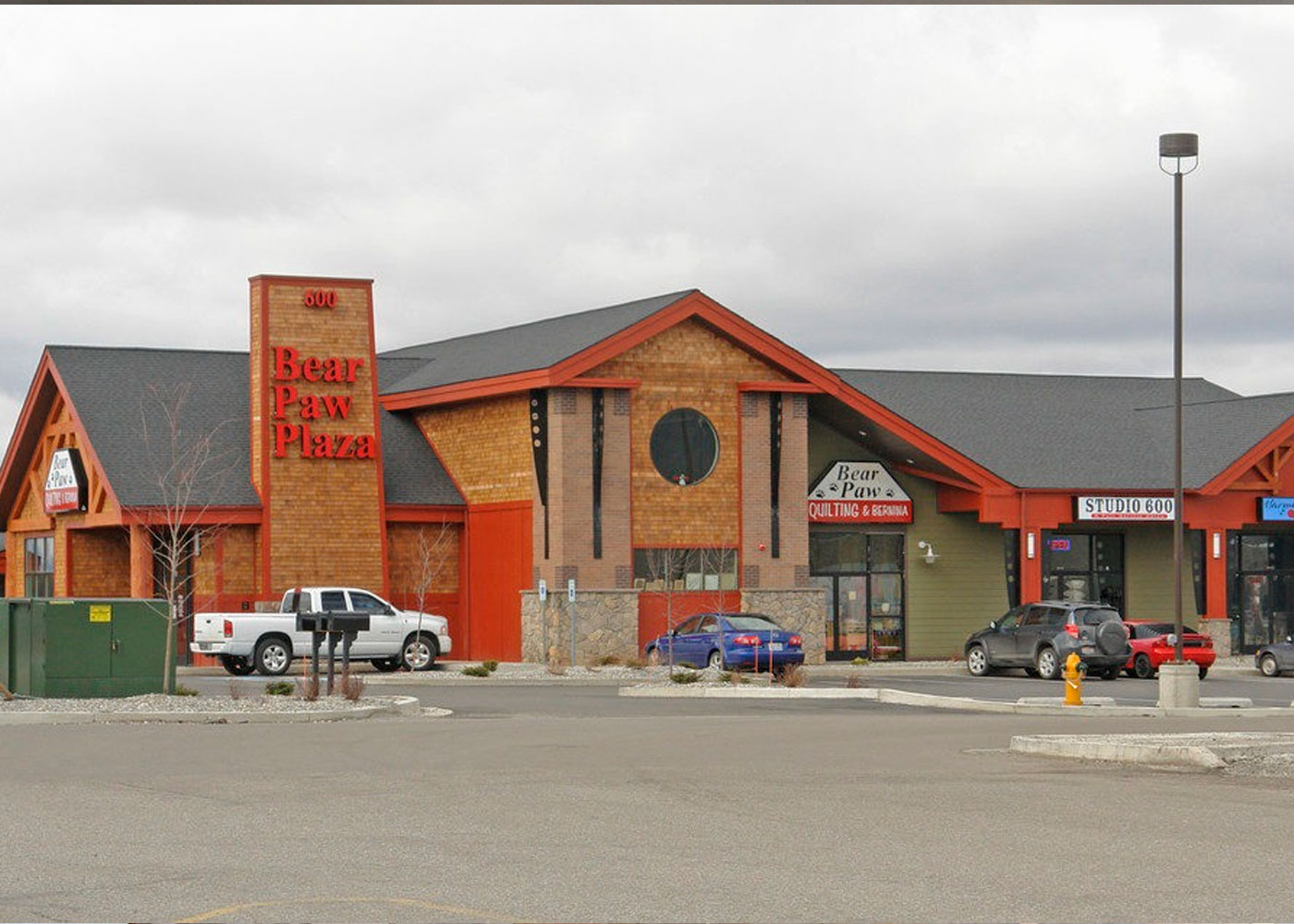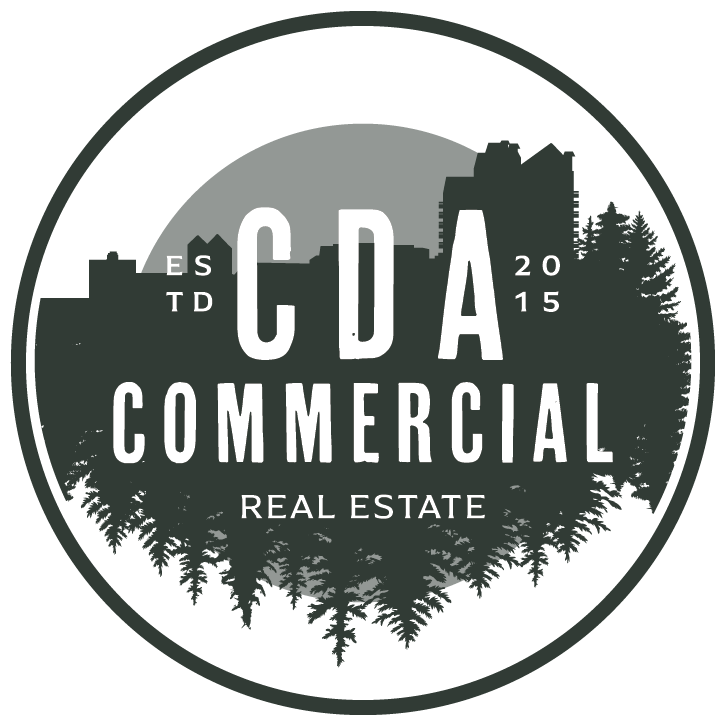HOW TO CALCULATE YOUR SHARE
If you lease 5,000 SF of space in a building that is 50,000 square feet total, how much is your share? You may say 10%. That is correct or incorrect. Here are some ways landlords vary the terminology:
- Is the tenant’s square footage measured against the property’s total leasable area or only the currently leased space? Does it change with tenant fluctuation?
- Does the tenant’s square footage include the total footprint of its premises, or is unusable space excluded? How about non-selling space (e.g., storage areas, or basements)?
You need to figure that out before you finalize that budget and sign that lease. Whatever method of calculation the parties agree on, they will generally want the right to confirm the actual footages before executing the document.
Different Lease Types
NNN (Triple Net): Tenant Pays Portion of Owners Taxes, Insurance & CAM Charges
Modified Gross: Charges are Negotiable
Full Service: Everything is included in Lease Rate
Typical CAM (Common Area Maintenance) Charges
Typical Operating Costs
Examples of operational and maintenance costs include:
- Repair and maintenance of parking lots
- Snow removal
- Trash removal
- Janitorial and pest control services
- Security
- Landscaping
- Insurance
- Real estate taxes
- Center signage
- Common area utilities
- Common area HVAC maintenance, and
- Landlord’s administrative fees
Capital Expenditures
Capital expenditures (e.g., capital improvements, replacements and repairs) generally aren’t included in CAM charges. Tenants argue these costs are related to the owner’s investment in the property, are not a part of its operation, and thus shouldn’t be shouldered by tenants.
1. Tenants Should Require:
Where the improvement is discretionary, and its cost is going to be passed on to the tenants as a CAM charge, then the landlord can’t make the improvement without the tenant’s prior consent; and
2. The cost of the improvement must be amortized over the useful life of the improvement.
Final Thoughts On CAM Charges
Landlords typically estimate the years CAM charges, then divide by 12 months and that is the monthly amount you pay. There may be a reconciliation at end of the year that may debit or credit the tenant.
If you’re a tenant make sure you have a capped CAM. If we have a brutal winter and have to snow plow daily those charges may be enough to put you out of business. Make sure there is a cap. IN REAL ESTATE EVERYTHING IS NEGOTIABLE.



